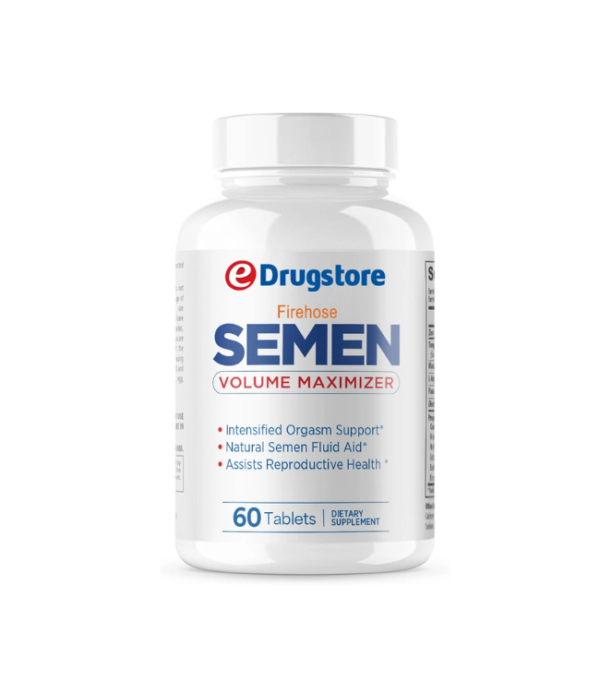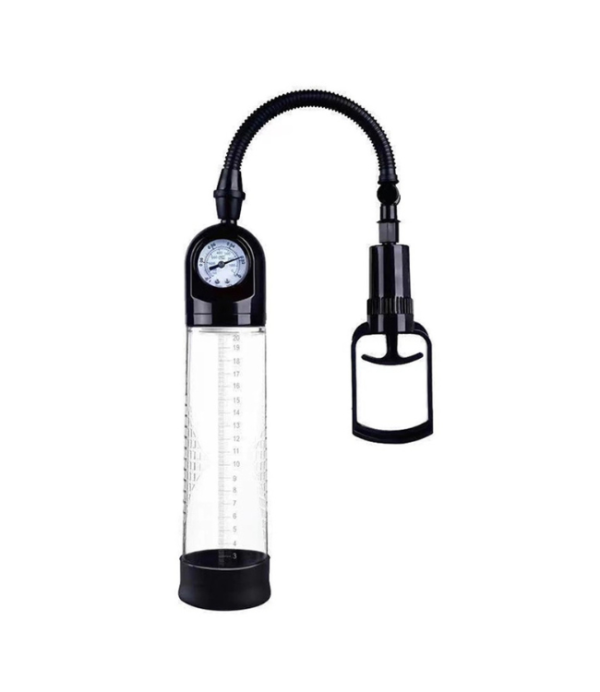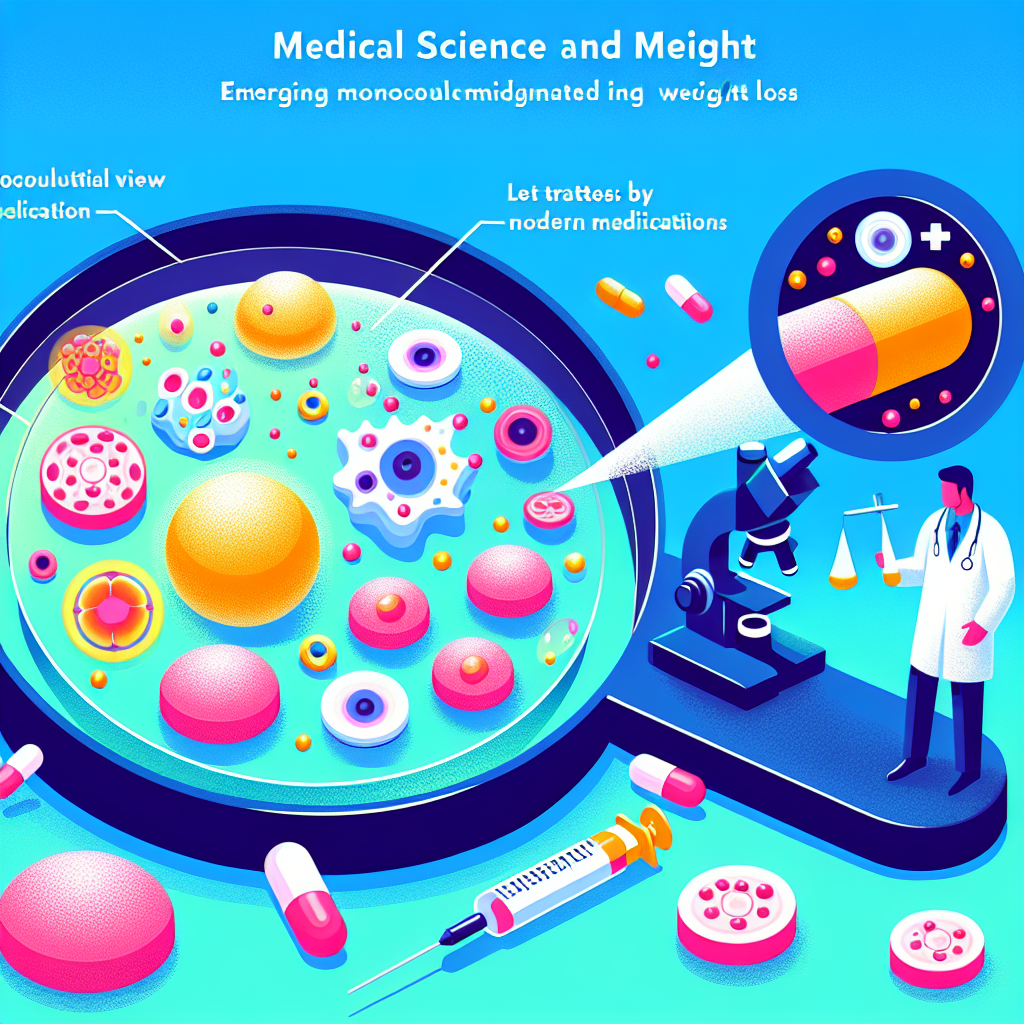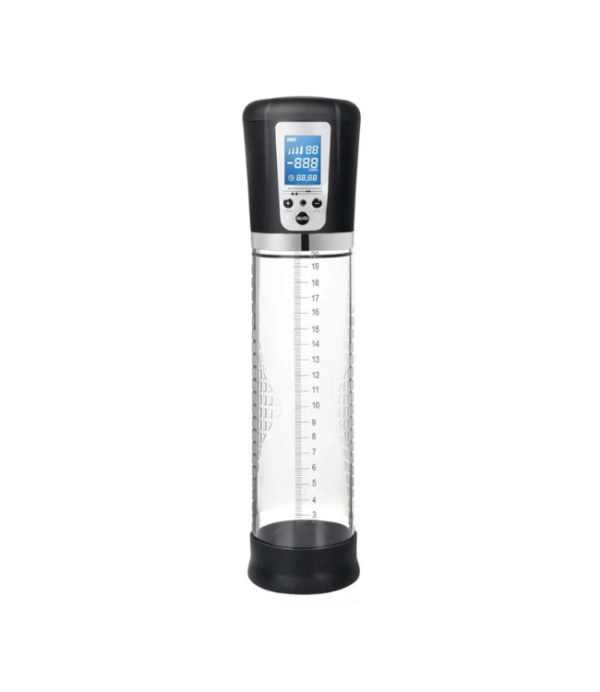Why Men Are Using Semen Volume Pills in 2025
Let’s face it, guys – when it comes to bedroom performance, volume matters. That’s why semen enhancer pills like the Firehose Semen Volume Maximizer have become hugely popular among men ages 25-60. Whether you’re looking to boost fertility, improve your sexual experience, or just feel more confident, these supplements promise to deliver results where it counts. In this no-BS guide, we’re diving into everything you need to know about semen volume pills, what actually works, and how to get the most bang for your buck. No medical jargon or complicated science talk – just straight facts about how to increase your load size and performance naturally.
What Actually Happens to Your Semen Volume As You Age
Here’s something most guys don’t talk about: semen volume naturally decreases as you get older. Around age 30, you might start noticing changes, and by 40-50, many men see a significant drop. This happens because:
- Testosterone levels gradually decline (about 1% per year after 30)
- Your prostate changes with age, affecting fluid production
- Blood flow isn’t as strong as it used to be
- Stress, diet, and lifestyle factors take a bigger toll
The good news? This isn’t something you just have to accept. Unlike other aspects of aging, semen volume is something you can actually improve with the right approach. That’s where supplements like Semen Volume Maximizer come in – they’re designed to tackle these age-related changes head-on.
What Makes Semen Volume Pills Actually Work?
Semen Volume Maximizer isn’t just another sketchy supplement with wild claims. It’s a specially formulated pill that combines ingredients that have real effects on your body’s natural production systems. These pills work by:
- Boosting the production of seminal fluid – the liquid that carries your swimmers
- Increasing sperm count and improving motility so your little guys are stronger and more numerous
- Enhancing blood flow to your genital area for stronger, more powerful ejaculations
- Supporting your prostate health – the gland responsible for producing about 30% of your semen
Unlike prescription drugs that might come with nasty side effects, these are natural supplements that work with your body’s normal processes. As the product description says, they’re designed to be taken daily (2 tablets) while maintaining a healthy lifestyle for maximum results.
5 Benefits You’ll Actually Notice When Taking Semen Volume Pills
1. More Volume = More Impressive Loads
Let’s be honest – bigger loads feel better and look more impressive. The Firehose Semen Volume Maximizer helps your body produce more seminal fluid, which means:
- More satisfying ejaculations
- Visible results that both you and your partner will notice
- Longer-lasting orgasms (since there’s more to release)
- Greater confidence in the bedroom
2. Better Shooting Power and Distance
It’s not just about the amount – it’s also about the force. With improved volume comes:
- Stronger ejaculations with better propulsion
- More powerful orgasmic contractions
- That intense satisfaction that comes from a forceful release
- Improved ejaculatory control
3. Fertility Boost When You Need It
Whether you’re actively trying to conceive or just want to keep your options open, these pills support your fertility by:
- Increasing your sperm count (more swimmers = better chances)
- Improving sperm motility so they can actually reach the egg
- Enhancing sperm quality for better genetic material
- Creating the ideal environment for sperm to thrive
4. Supercharged Sex Drive
As the product description points out, the maca root in Semen Volume Maximizer helps with:
- Naturally boosting your libido without jittery stimulants
- Increasing your stamina for longer sessions
- Improving blood flow for stronger erections
- Making you more ready and willing, more often
5. Overall Male Reproductive Health
This isn’t just about the bedroom benefits. These supplements also:
- Support prostate health as you age
- Help maintain hormone balance naturally
- Reduce inflammation in your reproductive system
- Provide antioxidant protection for your swimmers
Top 10 Ingredients That Actually Increase Semen Volume
The Firehose Semen Volume Maximizer contains specific ingredients chosen for their proven effects. Here’s what actually works for boosting your load size:
The Power Players
- Maca Root: This Peruvian superfood is the star ingredient mentioned in the product description. It’s been used for centuries to boost libido, increase stamina, and amp up semen production. Unlike synthetic hormones, it works by naturally balancing your body’s systems.
- L-Arginine: This amino acid is like rocket fuel for your penis. It converts to nitric oxide in your body, opening up blood vessels and increasing blood flow to your equipment. More blood flow = stronger erections and more fluid production.
- Zinc: If you’re low on zinc, your semen production suffers – period. This mineral is absolutely essential for making testosterone and producing healthy sperm. Many guys are deficient without knowing it.
- Pygeum Africanum: This African tree bark extract is specifically known for increasing seminal fluid volume. It’s a direct booster for the prostate fluid that makes up a significant portion of your load.
Supporting Cast
- L-Lysine: Works hand-in-hand with L-arginine to maximize its benefits for greater volume.
- Horny Goat Weed: Despite the funny name, this herb seriously increases blood flow to your genital area, helping you produce more fluid.
- Swedish Flower Pollen: A natural prostate supporter that helps ensure your seminal fluid production stays strong.
- Vitamin D: The “sunshine vitamin” is crucial for testosterone production – and many guys are seriously deficient.
- CoQ10: This powerful antioxidant protects your sperm and the tissues that produce semen from damage.
- Saw Palmetto: Keeps your prostate healthy so it can do its job of producing seminal fluid properly.
How Semen Volume Pills Transform Your Performance (The Science)
The Firehose Semen Volume Maximizer isn’t some snake oil – it’s based on real science about how your body produces semen. Here’s exactly how it works:
- Boosts Production in All 3 Glands – Your semen comes from three places: the prostate (30%), seminal vesicles (60%), and Cowper’s gland (10%). These pills provide the raw materials and stimulation all three glands need to pump out more fluid.
- Increases Blood Flow Where It Counts – More blood flow = more production capacity. The key ingredients dilate blood vessels specifically in your genital area, flooding your reproductive organs with the nutrients they need.
- Optimizes Your Testosterone Naturally – Without adequate testosterone, your semen production tanks. These pills support your body’s natural testosterone production without the risks of testosterone replacement therapy.
- Protects Your Reproductive Machinery – Powerful antioxidants shield your sperm-producing cells from the daily damage that gradually decreases your volume over time.
- Super-Charges Your Prostate Function – Since your prostate creates a significant portion of your semen, keeping it healthy directly translates to bigger loads.
For best results, take exactly as directed on the bottle – 2 tablets daily. As the product description states, this gives your body the consistent support it needs while you maintain a healthy lifestyle for maximum results.
7 Ways to Get Even BIGGER Results From Your Semen Volume Pills
Want to maximize your results with the Firehose Semen Volume Maximizer? The product description mentions taking 2 tablets daily while “focusing on an overall healthy lifestyle.” Here’s exactly what that means for getting the most bang for your buck:
Foods That Boost Your Volume Even More
- Drink More Water – If you’re dehydrated, your load size shrinks. Period. Aim for 8-10 glasses daily.
- Eat These Superfoods – Oysters (zinc powerhouses), pumpkin seeds, eggs, and dark chocolate all support semen production.
- Load Up On These Fruits – Watermelon (nature’s Viagra), bananas, and blueberries all help increase your volume.
- Get Good Fats – Avocados, olive oil, and fatty fish boost your testosterone naturally.
Lifestyle Hacks for Maximum Results
- Exercise Smart, Not Hard – Heavy weight lifting (especially squats and deadlifts) boosts testosterone, but overtraining kills your production. 3-4 sessions a week is perfect.
- Manage Your Stress – High stress = low semen volume. Find what works to keep you chill, whether it’s gaming, sports, or meditation.
- Sleep Like a Champion – Your body produces most of its testosterone during sleep. Get 7-8 hours for maximum results.
- Cut Back on Booze – Weekend warrior? Alcohol is a volume-killer. Even reducing your intake will show noticeable results.
Is Firehose Semen Volume Maximizer Safe? What You Need to Know
One of the biggest advantages of the Firehose Semen Volume Maximizer is its natural formula that works without harsh side effects. Here’s what you should know:
Safety First: The Facts
- All-Natural Ingredients – This supplement uses natural compounds rather than synthetic chemicals or hormones
- Made by a Reputable Company – The product page shows it’s manufactured by eDrugstore, a trusted name in supplements
- Clear Dosage Guidelines – The product specifications indicate a maximum dose of 1 tablet at a time, with 2 tablets daily
Who Should Check With Their Doctor First
- Guys with existing medical conditions (especially prostate issues)
- Men taking medications for blood pressure, heart conditions, or diabetes
- Anyone with known allergies to any of the ingredients
- Men currently on hormone therapy of any kind
What About Side Effects?
Most guys experience no side effects at all. Some may notice:
- Mild stomach discomfort when first starting (usually goes away)
- Slightly increased energy (thanks to improved circulation)
- Heightened libido (which most consider a benefit, not a side effect!)
To minimize any potential issues, always follow the recommended dosage – more is NOT better when it comes to these supplements. The manufacturer clearly states the maximum dose for a reason.
How Fast Will You See Results? (Real Timeline)
Let’s talk about what you can actually expect when taking Firehose Semen Volume Maximizer:
The Real Results Timeline
Week 1-2:
- Subtle increases in libido and energy
- Some guys notice slightly more sensation during orgasm
- Your body is adjusting to the ingredients
Week 3-4:
- This is when most men start seeing actual volume increases
- More noticeable improvements in libido and stamina
- Stronger ejaculations with better force
Month 2:
- Significant increases in semen volume for most users
- Much more powerful ejaculations
- Peak benefits for erection quality and sexual performance
Month 3 and Beyond:
- Maximum results achieved
- Maintenance phase – your new normal
- Continued use maintains your gains
Important: Individual Results Will Vary
Your starting point makes a big difference. Guys who are older or have lower baseline volume often see the most dramatic improvements. Younger men might notice more subtle changes but still experience better performance overall.
The key is consistency – take it daily as directed. Just like working out, you can’t expect results from using it occasionally. As the product description mentions, taking 2 tablets per day along with a healthy lifestyle produces the best outcomes.
What Science Says About Semen Volume Pills (Research Explained)
You don’t just have to take our word for it – there’s real science behind how these supplements work:
Ingredients Backed by Research
- Zinc: Multiple scientific studies show that zinc supplementation directly increases semen volume and sperm count in men with low zinc levels. One study found a 74% increase in total normal sperm count after zinc therapy.
- Maca Root: Clinical research published in respected journals shows maca root increases seminal volume, sperm count, and motility. A study in the Asian Journal of Andrology confirmed its positive effects on sexual desire in men.
- L-Arginine: Research demonstrates this amino acid increases nitric oxide production, which improves blood flow to the genitals. A controlled study found it significantly improved sperm count and motility.
The Bottom Line on Research
While individual ingredients in the Firehose Semen Volume Maximizer have scientific backing, it’s the combination of these powerful compounds that makes it effective. The formula leverages the synergistic effects of multiple ingredients working through different pathways to maximize your results.
Who Needs Firehose Semen Volume Maximizer? (Is It Right For You?)
Firehose Semen Volume Maximizer works for a wide range of men, but it’s especially helpful for:
Perfect For:
- Men Over 30 who’ve noticed their volume decreasing (this is when production naturally starts to decline)
- Guys Wanting More Impressive Climaxes – whether for your own satisfaction or your partner’s
- Men Trying to Conceive who want to maximize their chances by increasing both volume and sperm count
- Anyone Looking for Better Sexual Performance overall – from stronger erections to more intense orgasms
- Men Who Feel Less Confident due to disappointing ejaculation volume or force
Probably Not For:
- Guys under 18 (your natural production is already at its peak)
- Men with specific medical conditions affecting the testicles or prostate (talk to your doctor first)
- Anyone currently taking hormone therapy or certain medications that might interact
Not sure if it’s right for you? The risk-free trial makes it easy to find out how much it can help your specific situation.
How to Choose the Best Semen Volume Pills (Avoid Getting Ripped Off)
The supplement market is full of products making big promises about male enhancement. Here’s how to spot a quality product like Firehose Semen Volume Maximizer:
Red Flags to Watch Out For
- “Proprietary Blends” that don’t tell you how much of each ingredient you’re getting
- Ridiculously Low Prices – quality ingredients cost money, so super cheap products cut corners
- Miracle Claims about permanent size increases or instant results
- No Clear Manufacturer Information – reputable companies like eDrugstore stand behind their products
What Makes Firehose Semen Volume Maximizer Different
- Transparent Labeling – the product clearly states what you’re getting
- Optimal Dosing – contains effective amounts of key ingredients, not just trace amounts
- GMP-Certified Manufacturing – made in facilities that meet strict quality standards
- Realistic Claims focused on the biological processes of semen production
- Positive Reviews from real customers seeing real results
Frequently Asked Questions About Semen Volume Pills
Do Semen Volume Pills Really Work?
Yes, quality supplements like Firehose Semen Volume Maximizer can significantly increase your semen volume and ejaculatory force when taken consistently. The key ingredients work by supporting your body’s natural production systems rather than using artificial hormones.
How Much Volume Increase Can I Expect?
Most men report a 30-50% increase in volume after 2-3 months of consistent use. Some guys with initially low volume have reported even more dramatic improvements.
Are There Any Side Effects?
The Firehose Semen Volume Maximizer uses natural ingredients that are generally well-tolerated. Some men might experience mild digestive adjustment when first starting. Always follow the recommended dosage (maximum 1 tablet at a time, 2 tablets daily).
Will It Make My Sperm Count Higher Too?
Yes! Many of the ingredients that increase semen volume also support healthy sperm production. The zinc, maca root, and other components work together to boost both fluid volume and sperm count.
How Long Until I See Results?
Most men notice the beginnings of improvement within 3-4 weeks, with full results developing over 2-3 months of consistent use.
Can I Take It With Other Supplements?
In most cases, yes. The natural ingredients in Firehose Semen Volume Maximizer are compatible with most vitamin, mineral, and protein supplements. If you’re taking prescription medications, check with your doctor first.
GET THE BEST DEAL ON SEMEN VOLUME MAXIMIZER TODAY!
Are you ready to experience the benefits of increased semen volume, more powerful ejaculations, and enhanced sexual performance? The Firehose Semen Volume Maximizer is available right now!
Don’t settle for disappointing performance. Join thousands of satisfied men who have experienced the confidence that comes with maximum volume and power!
always advisable to consult with healthcare providers before beginning any new supplement regimen, especially for men with pre-existing health conditions or those taking medications.
By understanding the science behind these supplements, maintaining realistic expectations, and taking a holistic approach to reproductive health, men can make informed decisions about whether products like Semen Volume Maximizer might be appropriate for their specific health goals.
Remember that reproductive health is just one component of overall wellness, and the most effective strategies address physical, mental, and emotional aspects of health in an integrated way.












